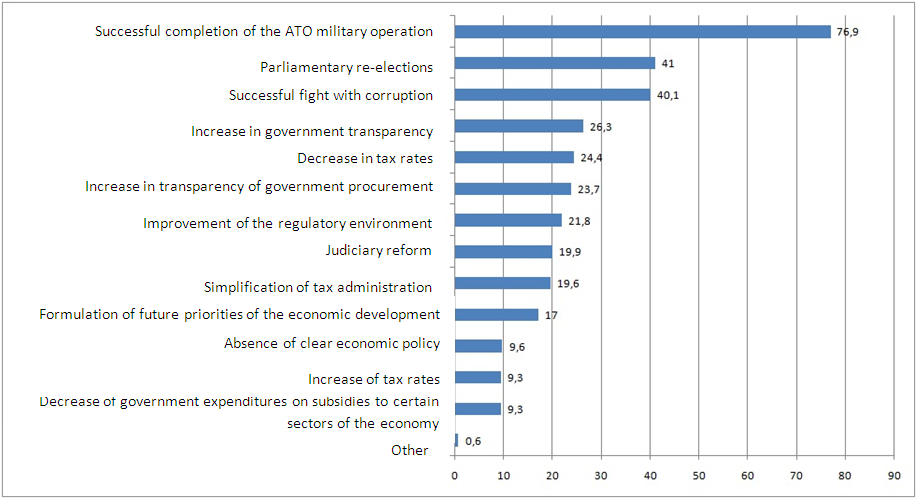
Cash for Ukrainian Reforms
BY
The Institute for Economic Research and Policy Consulting - Kyiv / May 2, 2015
In March, Ukraine’s government adopted the Action plan for reforms in 2015 and 2016 while the IMF board approved four-year USD 17.5 bn extended arrangement under the Extended Fund Facility (EFF). The EFF supports ambitious program of Ukrainian authorities, which would in IMF words ‘put the economy on the path to recovery, restore external sustainability, strengthen public finances, and support economic growth by advancing structural and governance reforms, while protecting the most vulnerable’.











